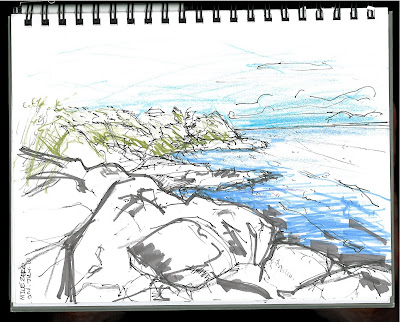Have a look at architects Marceau Evans Johnson's example of stormwater management and aquifer recharge at L'ecole Brodeur in Esquimalt Victoria BC. This project was completed in 2007 and I have been waiting to see how it would handle a serious rainfall. Well we had one last weekend as nearly 10inches of rain fell on Vancouver Island in roughly 24 hrs. See images below to view how this natural drainage system handled this short and intense level of precipitation.


for more on the architects visit meja.ca


















































